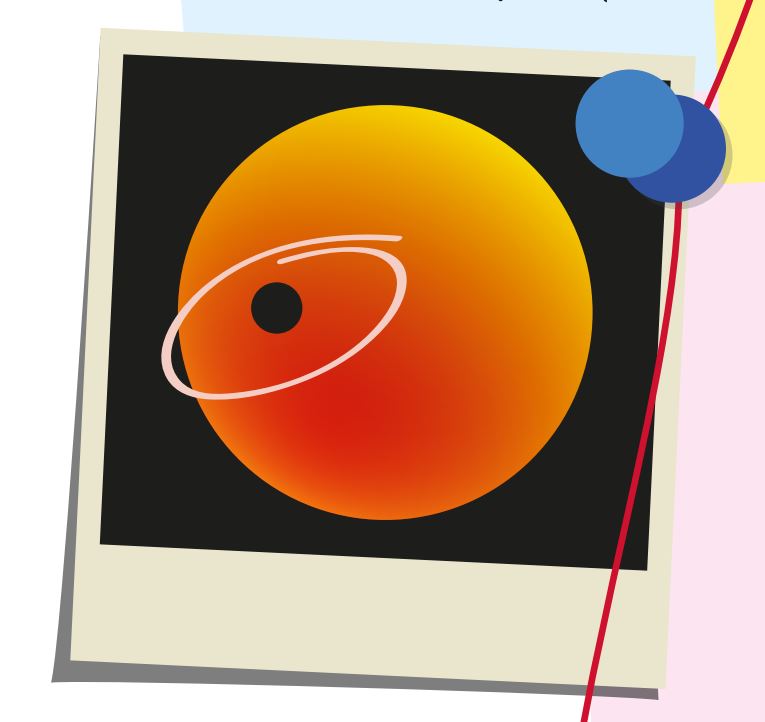Krok 5 - Skład

W naszym Układzie Słonecznym planety są zwykle podzielone na dwie kategorie: skaliste i gazowe. Jednak egzoplanety mogą bardzo różnić się od sąsiednich planet, do których jesteśmy przyzwyczajeni. Masa, M, egzoplanety nie może być określona za pomocą metody tranzytu, ale inne metody, takie jak prędkość radialna, mogą. Gdy zarówno masa, jak i promień [...]
Krok 4 - Temperatura i możliwość zamieszkania

Krok 4 - Temperatura i możliwość zamieszkania Do dnia dzisiejszego Ziemia jest jedynym miejscem we wszechświecie, o którym wiadomo, że jest gospodarzem życia. Nie wiadomo również, czy życie mogłoby się rozwinąć i istnieć w warunkach bardzo odmiennych od tych, które istnieją na naszej planecie. Badając egzoplanety i definiując możliwe warunki do zamieszkania, [...]
Krok 3 - Okres i odległość orbitalna

Krok 3 - Okres orbitalny i odległość Okres orbitalny, T, planety to czas, w którym planeta wykonuje jedną pełną orbitę wokół swojej gwiazdy. Jeśli obserwuje się wiele tranzytów tej samej egzoplanety, wówczas odstęp czasu między kolejnymi tranzytami - wykrytymi spadkami na krzywej blasku - jest [...]
Krok 2 - Wielkość egzoplanety

Głębokość tranzytu egzoplanety jest równoważna stosunkowi powierzchni tarczy planety do powierzchni tarczy gwiazdy. Mierząc głębokość tranzytu z krzywej blasku tranzytu i znając promień gwiazdy (Rs) można określić promień egzoplanety (Rp). Głębokość tranzytu można obliczyć jako [...]
Krok 1 - Dostęp do danych

Aby uzupełnić plik przypadków i profil tajemniczych egzoplanet, należy wybrać cel i uzyskać dostęp do danych satelity Cheops. Jeśli jest to pierwsza egzoplaneta, którą analizujesz, sugerujemy zacząć od KELT-3b. Astronomowie używają specjalnego oprogramowania do analizy danych i dopasowywania modeli matematycznych. Dostęp do danych można uzyskać za pomocą jednej z dwóch opcji [...]
Wprowadzenie - rozpocznij dochodzenie

Pobierz przewodnik dla nauczycieli i pliki przypadków Krótki opis: W tym ćwiczeniu uczniowie będą charakteryzować tajemnicze egzoplanety, analizując dane uzyskane przez satelitę ESA Cheops. Uczniowie będą pracować jak prawdziwi naukowcy i dopasowywać model do danych, aby uzyskać najlepiej dopasowane parametry. Ćwiczenie można wykonać w formacie z przewodnikiem lub w [...]

